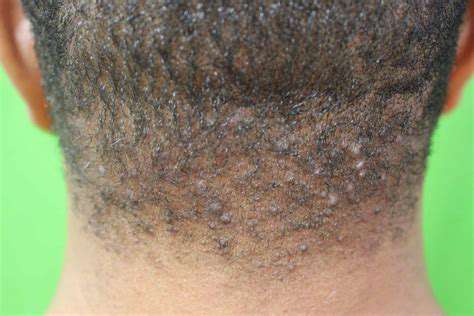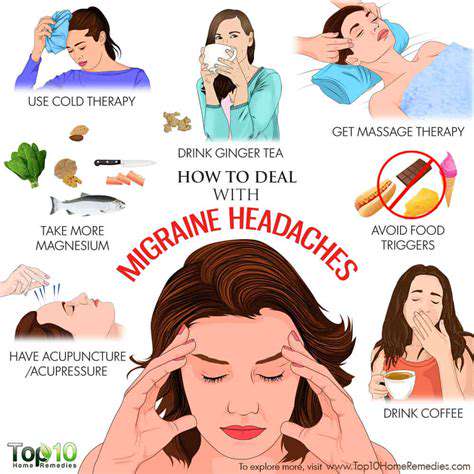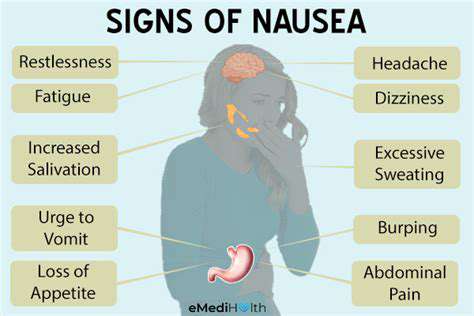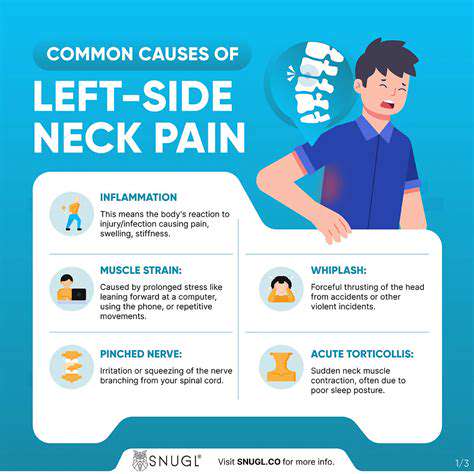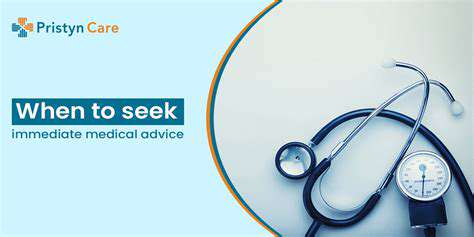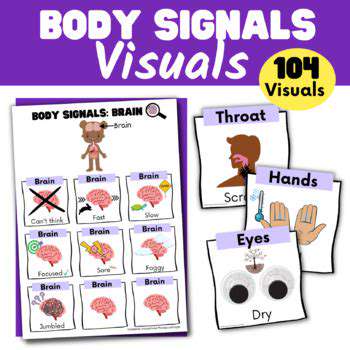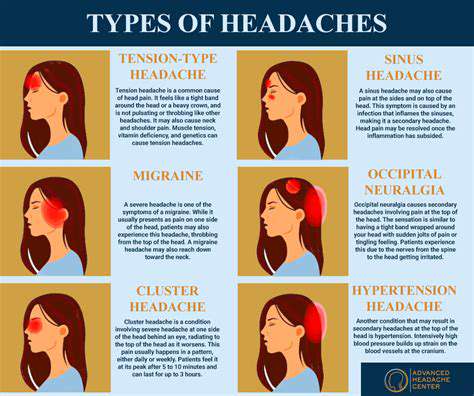Migraines in Teenagers: Causes, Triggers, and Support
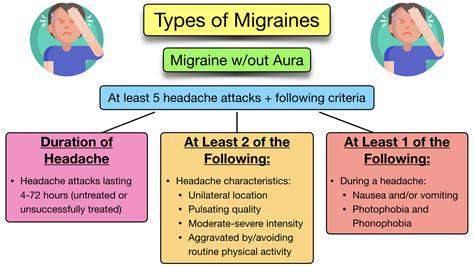
Understanding the Phenomenon
Migraine headaches among adolescents have become increasingly common, disrupting their daily routines and overall well-being. The rising numbers call for a closer examination of what's driving this trend and how these headaches uniquely affect young people. Finding solutions is absolutely essential to help teens manage this condition effectively. Unlike adults, teenagers often face distinct challenges with migraines, requiring specialized care and attention.
What's Behind the Increase?
Multiple elements contribute to why more teens are suffering from migraines. While family history matters, everyday pressures like poor sleep, school stress, and certain foods can trigger or worsen attacks. For young women, hormonal changes during puberty often play a significant role. Recognizing these interconnected causes helps create better prevention and treatment plans tailored to each teen's needs.
The Difficulty in Diagnosis
Pinpointing migraines in adolescents isn't always straightforward since symptoms can mimic other health issues. A proper diagnosis requires careful evaluation by a medical expert, who will review the patient's health background, family history, and specific headache patterns. Getting this right ensures appropriate care and prevents potential problems down the road.
Effective Ways to Cope
Managing teen migraines successfully demands a comprehensive strategy. Simple lifestyle adjustments - consistent sleep, stress reduction, and avoiding known triggers - make a big difference. Medications may help control pain and prevent future episodes. Collaborating with healthcare providers is key to developing a customized approach that combines these methods for optimal results.
How Migraines Affect Teens
These debilitating headaches can disrupt every aspect of a teenager's life, from school attendance to social engagements and hobbies. Frequent absences, declining grades, and withdrawal from activities are common consequences. Acknowledging these impacts is vital for offering meaningful support and accommodations.
When to Get Help
Families dealing with regular migraine episodes shouldn't hesitate to consult medical professionals. Doctors can conduct thorough assessments, explore possible causes, and create individualized treatment plans. Addressing the issue early significantly improves outcomes and helps maintain quality of life. Building this support system makes navigating migraine management much more manageable.
Unraveling the Mystery: Potential Causes of Teen Migraines
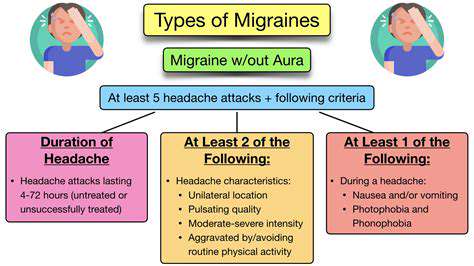
Exploring the Complexities
Investigating migraine causes in teens reveals a web of interconnected factors. Each element - from biology to daily habits - contributes uniquely to migraine development. Understanding these relationships helps create more effective prevention strategies.
The multifaceted nature of migraines means solutions must be equally comprehensive. What works for one teen might not help another, emphasizing the need for personalized approaches to treatment and care.
Real-World Impacts
Migraine triggers manifest differently across individuals, making patterns sometimes hard to spot. Observing how specific factors affect particular teens provides valuable insights, and tracking these relationships helps tailor more effective interventions.
The practical implications of understanding triggers become clear in improved daily functioning. When teens and their support networks recognize and address specific causes, they gain better control over migraine management.
Environmental Influences
External surroundings significantly affect migraine frequency and severity. Classroom lighting, noise levels, and even weather changes can all serve as triggers. Creating migraine-friendly environments at home and school helps reduce attacks. This might include adjusting lighting, managing noise, or allowing for quiet breaks when needed.
Conversely, challenging environments can exacerbate symptoms. Identifying and modifying these negative influences, when possible, forms an important part of comprehensive migraine care for adolescents.
Taking Control
Empowering teens to understand and manage their migraines involves education and practical strategies. Keeping detailed headache diaries helps identify personal triggers and effective remedies. This proactive approach gives teens more agency in managing their condition.
Developing coping skills and resilience makes a significant difference. Viewing management as an ongoing process rather than a quick fix leads to better long-term outcomes. This mindset shift helps teens adapt as their needs change over time.
Identifying the Triggers: Common Culprits in Teen Migraines
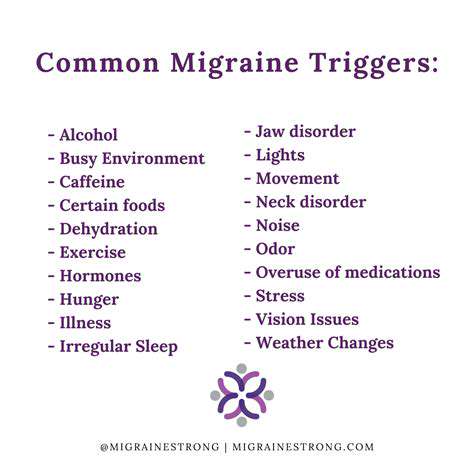
Root Causes Explained
Determining what specifically causes migraines in teens requires careful investigation. Pinpointing exact triggers forms the foundation for effective prevention. This process involves tracking occurrences and analyzing potential connections to various factors.
Environmental Triggers
Surroundings play a major role in migraine development for many teens. Fluorescent lighting, strong odors, or loud noises frequently precede attacks. These subtle environmental factors often go unnoticed but significantly impact migraine frequency. Creating trigger-free spaces when possible helps reduce episodes.
Daily Habits Matter
Routine behaviors significantly influence migraine patterns. Irregular sleep, skipped meals, and dehydration commonly trigger attacks. Establishing consistent, healthy daily rhythms dramatically decreases migraine likelihood. Small, sustainable changes often yield the best results.
Emotional Connections
Stress and emotional fluctuations strongly correlate with teen migraines. Academic pressures, social challenges, and family dynamics often manifest physically. Developing healthy stress management techniques provides powerful migraine prevention. Mindfulness practices and counseling often help break this cycle.
Family History Insights
Genetic predisposition increases migraine susceptibility but doesn't guarantee them. Understanding family patterns helps assess individual risk and prepare accordingly. Discussing these tendencies with healthcare providers informs better prevention strategies.
Medical Considerations
Existing health conditions and medications can influence migraine patterns. Recognizing these medical connections enables more comprehensive treatment approaches. Regular reviews with doctors ensure all factors receive proper attention.
Weather and Seasonal Effects
Environmental changes like storms or seasonal shifts trigger migraines for many teens. Anticipating these patterns allows for proactive management. Keeping records helps identify personal weather sensitivities over time.
Mindfulness teaches us to fully engage with the present moment, observing our experiences without criticism. This practice builds self-awareness and fosters deeper connections with ourselves and our environment.
